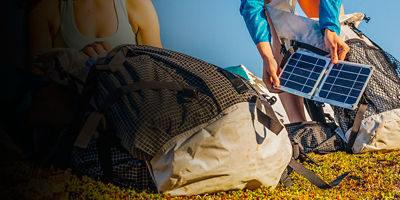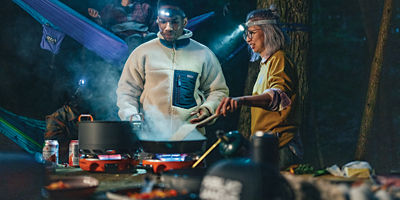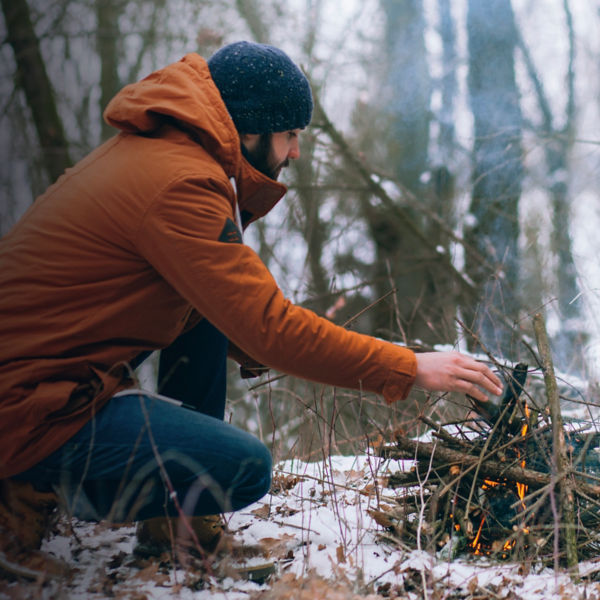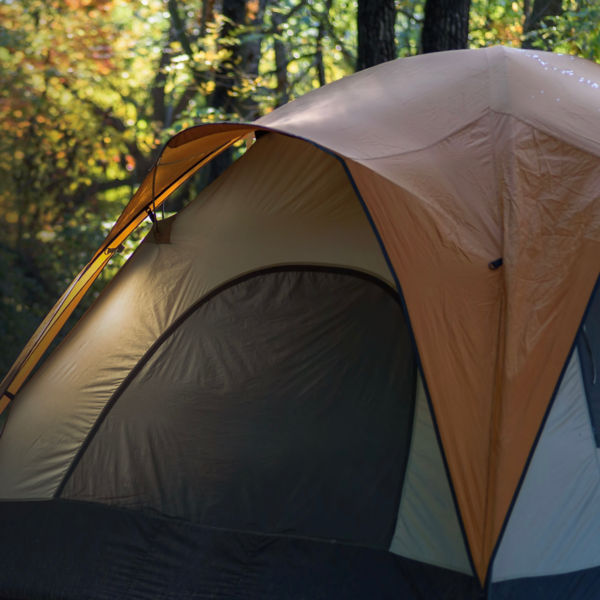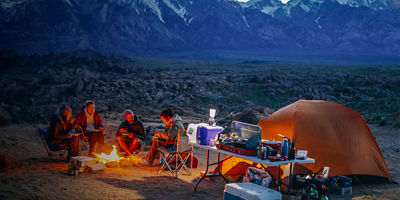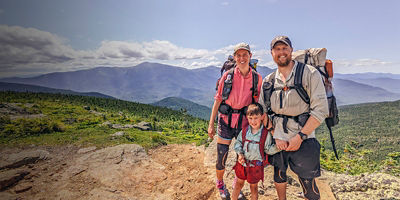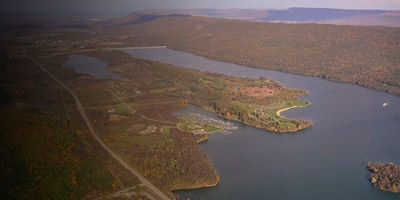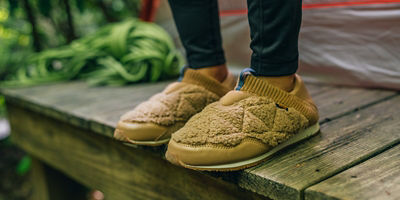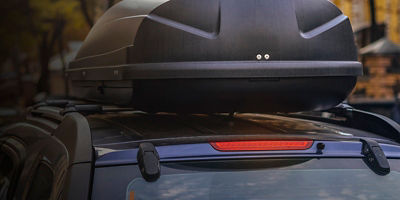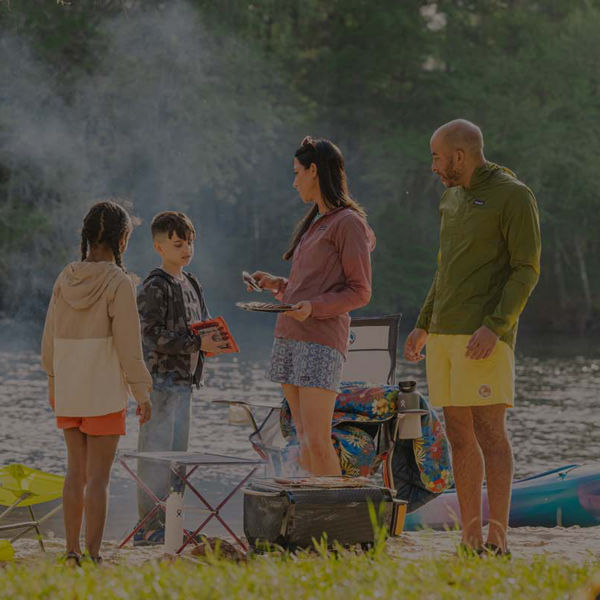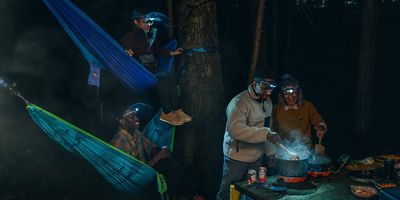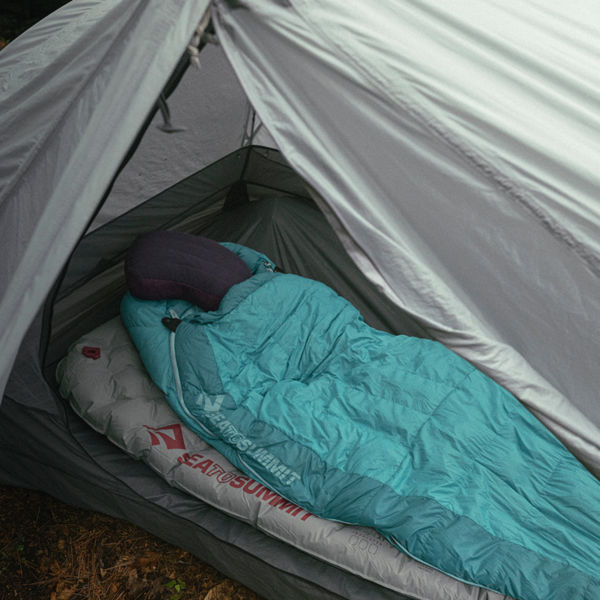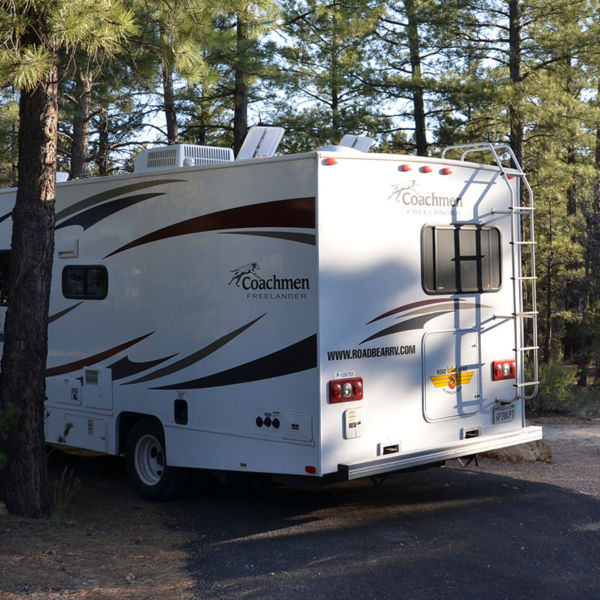
The first thing to know about camping with babies is that not only is it possible, it’s fun! From splashing together in a creek to bedtime stories by the campfire to snuggling in the tent, there’s nothing like sharing your love of the outdoors with your little one. There will be people who’ll tell you you’re crazy to take your baby camping. Ignore them. With a bit of preparation, everyone will be safe and comfortable.
The second thing to know about camping with babies is that it’s nothing like camping without babies. You’ll probably worry about minor threats, like mosquitoes and scraped knees, and big ones, like your kid accidentally toddling into the campfire or river. Your baby might scream loudly enough to get you dirty looks from campsite neighbors. Nobody is likely to get their best night’s sleep ever. These are all valid concerns, but they can be managed. Set your expectations accordingly, and we bet you’ll decide it’s worthwhile every time anyway.
Follow our guide to sleeping, eating, pooping, and more for a successful camping trip with your baby—the first time and every time.
In this article, you’ll learn:
- How to plan a trip with a baby
- Tips for tent sleeping
- How to feed a baby in camp
- How to deal with diapers
- Dressing a baby for camping
- Tips for keeping baby comfortable
Set Yourself Up for Success
Location: Looking for the perfect spot for your first family campout? Developed campgrounds have the advantage of running water, bathrooms, and other amenities, but there will likely be other campers around—not ideal if your baby throws a fit at 2 a.m., but don’t let that dissuade you if you’re more comfortable with a developed site. Small, primitive campgrounds and drive-up dispersed campsites offer more privacy, but you’ll need to be more self-sufficient.
Weather: Now is the time to be a fairweather camper. Don’t head out if the forecast looks particularly hot, cold, or wet (added challenges you just don’t need with a baby). Beginners should stick to overnight lows no lower than the 30s. Also make sure your baby is primed for a good time. Pull the plug on your plans if she’s sick, teething, or going through a sleep regression. Planning your first trip close to home makes it easy to bail if the weather turns.
Sleep like a Baby
The biggest question most new camping parents have is where to lay their baby down to sleep. This is easy if your tent is big enough to fit a travel crib or bassinet inside. If not, your choices depend on how old your baby is, and how comfortable you are with cosleeping. If you want to keep your baby in her own, separate space, consider a compact cosleeper, or a bassinet that can be detached from its legs. Or pack a roomy sleeping bag and bring an older baby inside with you—but do place another light sleeping pad next to yours, as sharing one pad can get tight. (The American Academy of Pediatrics says the safest choice is not to share a bed with a baby to minimize the risk of Sudden Infant Death Syndrome.)
Some babies snooze well no matter where they are (lucky you!). But many others have trouble sleeping in unfamiliar surroundings. Stick to your regular bedtime routine as much as possible, but expect some disruptions and don’t worry if he gets to bed a little late.
Feeding Time
Mealtimes are simple for babies still on the liquid diet. Breastfeeding is easy because it doesn’t require any equipment or cleanup; consider packing a nursing pillow if you use one regularly at home. For bottle-fed infants, mix up formula with potable or purified water and boil bottles on your camp stove to sterilize them.
If your baby has started solids, good news: Many camp classics are baby friendly. Oatmeal, polenta, rice, and soft-cooked pasta work well, and pureed pouches are a (relatively) mess-free way to serve fruits and veggies. Caution: Campfire classics like hot dogs and marshmallows are choking hazards for little ones.










